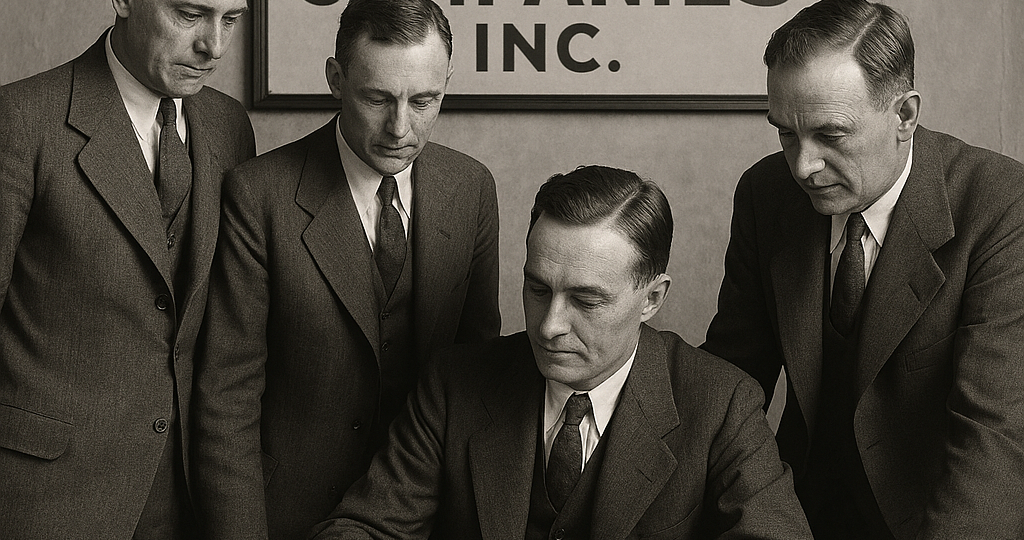
Welcome. For those new here, this is a series about the construction of the Hoover Dam. For those returning, welcome back.
I ended yesterday with a big question: who was going to actually build the dam? Let’s look at the size and stakes first.
The Hoover Dam was the largest federal construction project in U.S. history. Here’s what the dam took: moving 125 million cubic yards of earth, pouring 3.25 million cubic yards of concrete, and diverting the Colorado River through 4 huge tunnels. If we looked at the scale of things, it was quite evident that no single company had all three – resources, workforce, and financial stability – aspects big enough to handle this project on its own.
It was a contract basis, and in March 1931, six companies decided to compete as a joint venture, Six Companies Inc. They were: Utah Construction Company, Henry J. Kaiser’s firm, W.A. Bechtel Company, MacDonald & Kahn, J.F. Shea Company, and Morrison-Knudsen Company. There’s a funny story behind this. Two of the companies, Kaiser’s and Bechtel’s, worked together way more closely than others, so a joke ran around later that there were technically 7 companies in Six Companies Inc.
Anyway, the rules of the contract are the meat of today. It was brutal. Six Companies had 7 years to finish the dam. Yep. 7 years in 1931. That’s not even the worst part. For every day over the deadline, there was a $3000 penalty per day. Payment? They were paid after meeting certain deadlines – strict, hard deadlines. Although it wasn’t physical torture, barbaric wouldn’t be a bad synonym to describe the rules of the contract. However, taking into context, America had just seen the Great Depression and was basically living through it at the time, so the situation somewhat forgives the federal government. That being said, Six Companies was extremely efficient and finished in 1935 – two years ahead of schedule.
Building the dam at that pace must have required tremendous planning and work. How did they do it? Find out tomorrow.
RELATED POSTS
View all


